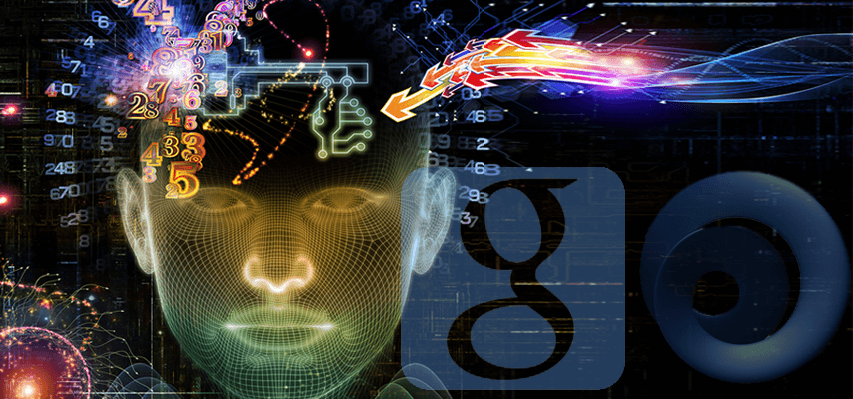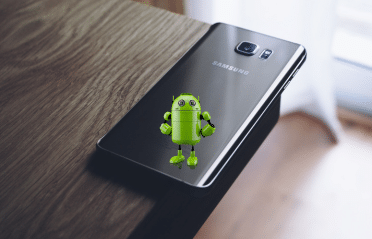In January of 2014, Google acquired DeepMind Technologies for more than $400 million (according to MIT Technology Review) to become Google DeepMind. Google does a great job of picking up companies in the advertising, search, and other services as assigned space without much of a splash, but the purchase of DeepMind Technologies reverberated a bit more than most. Sometimes a Google acquisition is more than just the usurping of a company, but rather a validation of an idea – that there’s something to see, something worth getting behind more than just getting it out of the way to make room for your own project.
Visit Google DeepMind’s website, and you’ll find vagueness fit for a post game interview. I take it one game at a time, the fans were great, you win some you lose some. The official mission of Google DeepMind? “We combine the best techniques from machine learning and systems neuroscience to build powerful general-purpose learning algorithms.” Learning algorithms eh?
Google’s acquisition of startups is sometimes based on technology, like Nest for example. Additionally, Google acquires companies not always for the product, but for the brainpower of the team behind it. It’s not uncommon for tech super-powers like Facebook, Apple, or Google to purchase a company with no intention of selling the software or product they provide, but rather to bring the brains on board their own ship. And that’s precisely what’s happening with DeepMind.
What is Machine Learning?
Machine learning is the process used to solve a problem with relatively low or zero input. For example, before acquisition, DeepMind published a paper which described how a program they produced could teach a program how to play seven Atari2600 video games using only the game being played on a screen combined with scores. The computer that learned this skill outperformed expert humans in three of the seven games.
Deep Learning
So what? What would we be able to do with this technology? The evolution of the technology is called deep learning, which as described above is the process of solving problems with low input. This includes voice recognition, computer vision and language processing. You’ve seen this technology in things like Facebook’s facial recognition software, and you might soon see it used by drones delivering consumer products. At its current state, the technology solves problems slowly and the process is time consuming. But as history has taught us, that will change…and fast.
Beyond Deep Learning
With the DeepMind acquisition came a lot of head turns. Why? A little thing called Artificial Intelligence (AI). The very technology that is considered by some in the computer science industry to be science fiction, was now being sought after at big-ticket prices. Spend a few seconds thinking about it, and it doesn’t take long to figure out that DeepMind is a gateway for Google into the artificial intelligence space. The value of brains containing gaps in algorithms is increasing rapidly as the race to mastering the technology grows. And Google is certainly a leader. According to a product manager, the Google Deep Learning team has less than 50 people, but makes up more than 5% of the world’s leading thinkers in this space.
With the power of Android technology development, combined with the possibilities of artificial intelligence, things like face recognition used as passwords on your phone, voice recognition caller ID, and learning how to garden by taking a picture of a tomato plant could all be possible in the near future. Pretty deep stuff. The technology exists already, but being able to produce it at a price point and user experience ideal for the everyday consumer will be the game-changing moment.

 Product Engineering Services Customized software development services for diverse domains
Product Engineering Services Customized software development services for diverse domains
 Sustenance Engineering Going beyond maintenance to prolong life of mature products
Sustenance Engineering Going beyond maintenance to prolong life of mature products
 Managed Services Achieve scalability, operational efficiency and business continuity
Managed Services Achieve scalability, operational efficiency and business continuity
 Technology Consulting & Architecture Leverage the extensive knowledge of our Domain Experts
Technology Consulting & Architecture Leverage the extensive knowledge of our Domain Experts



























